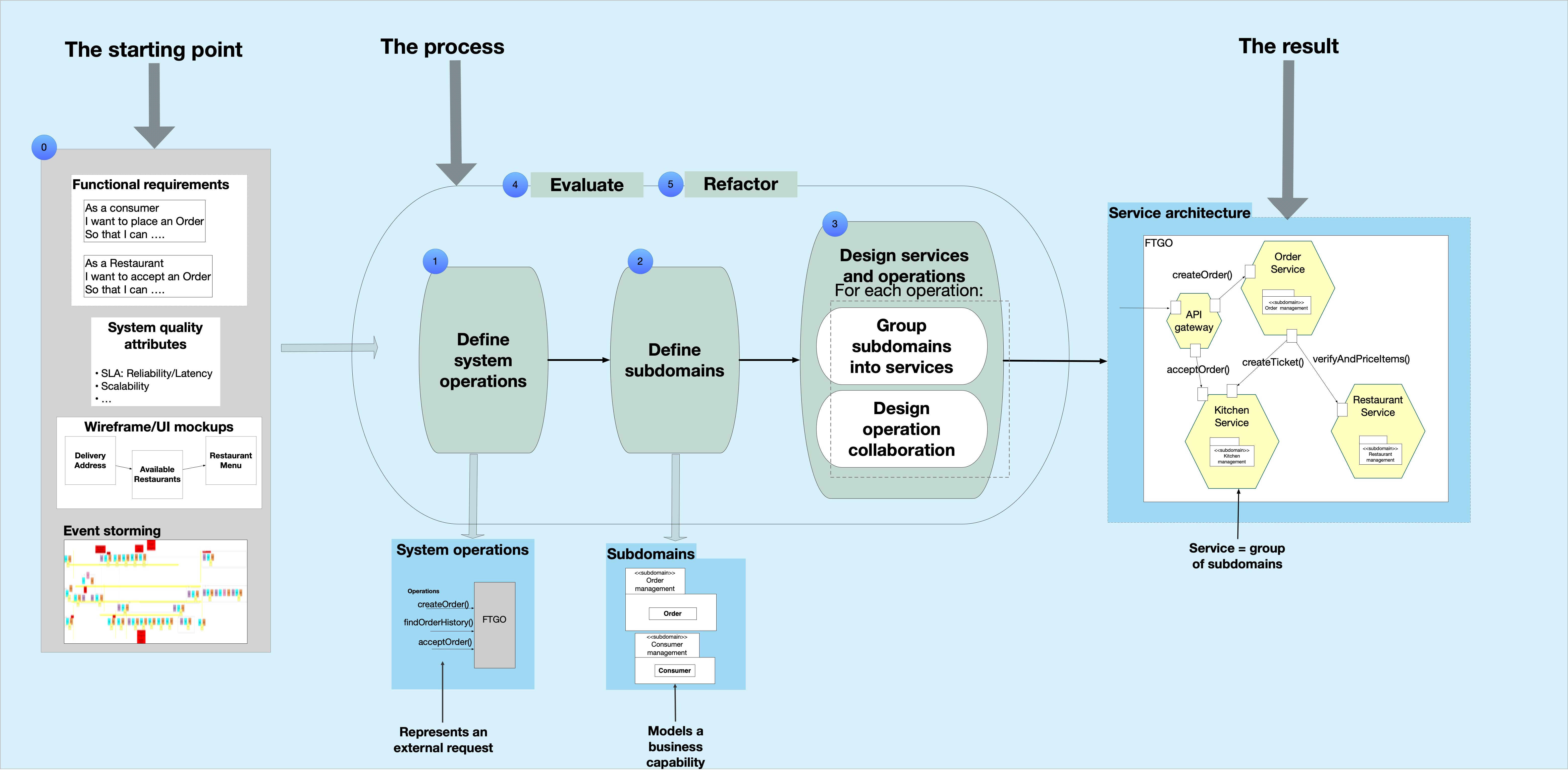Assemblage, a microservice architecture definition process
Exploring Assemblage: A Structured Approach to Microservice Architecture
Have you ever wondered if the division you decided for your microservices is optimal? In the complex world of microservice architecture, defining the right services and their interactions can be challenging. A poorly defined architecture can lead to a fragile, hard-to-maintain system that negates the benefits of microservices. This is where Assemblage comes in—a structured process designed to help you define and refine your microservice architecture effectively.
What is Assemblage?
Assemblage is a methodical approach to defining microservice architectures. It emphasizes the importance of accurately identifying services, delineating their responsibilities, defining APIs, and designing their interactions. This process ensures that the architecture is robust and easy to maintain, avoiding the pitfalls of a fragile distributed monolith.
Key Steps in the Assemblage Process
Defining System Operations:
The first step in the Assemblage process involves distilling the application’s requirements into a set of system operations. These operations represent the application’s black box behavior and are invoked by external actors such as users or other applications. They form the foundation of the architecture definition process.Designing Service Collaborations:
Next, the process involves designing how services will collaborate to implement these operations. This can involve simple, local operations handled within a single service or more complex, distributed operations that span multiple services. Patterns like sagas are often used to coordinate distributed operations.Evaluating Service Realizations:
Assemblage employs “dark energy” and “dark matter” forces to evaluate different candidate realizations of system operations. Dark energy forces include considerations like team autonomy and deployment pipelines, while dark matter forces focus on operational simplicity and efficiency. By evaluating these forces, the best possible design can be selected.Updating the Service Architecture:
Once the best candidate realization is chosen, the service architecture is updated accordingly. This step ensures that the architecture evolves in a structured and thoughtful manner.
Why Assemblage?
The Assemblage process is vital for creating a microservice architecture that is not only scalable but also maintainable in the long run. By focusing on system operations and service collaborations, Assemblage helps avoid the common pitfalls associated with poorly defined architectures.
My Reflections
Discovering Assemblage has been enlightening. It offers a clear, structured approach to designing microservice architectures, emphasizing the importance of well-defined operations and service interactions. This process aligns well with the principles of domain-driven design and provides a robust framework for building modern, distributed systems.
Further Reading
For those interested in learning more about Assemblage, here are some valuable resources:
